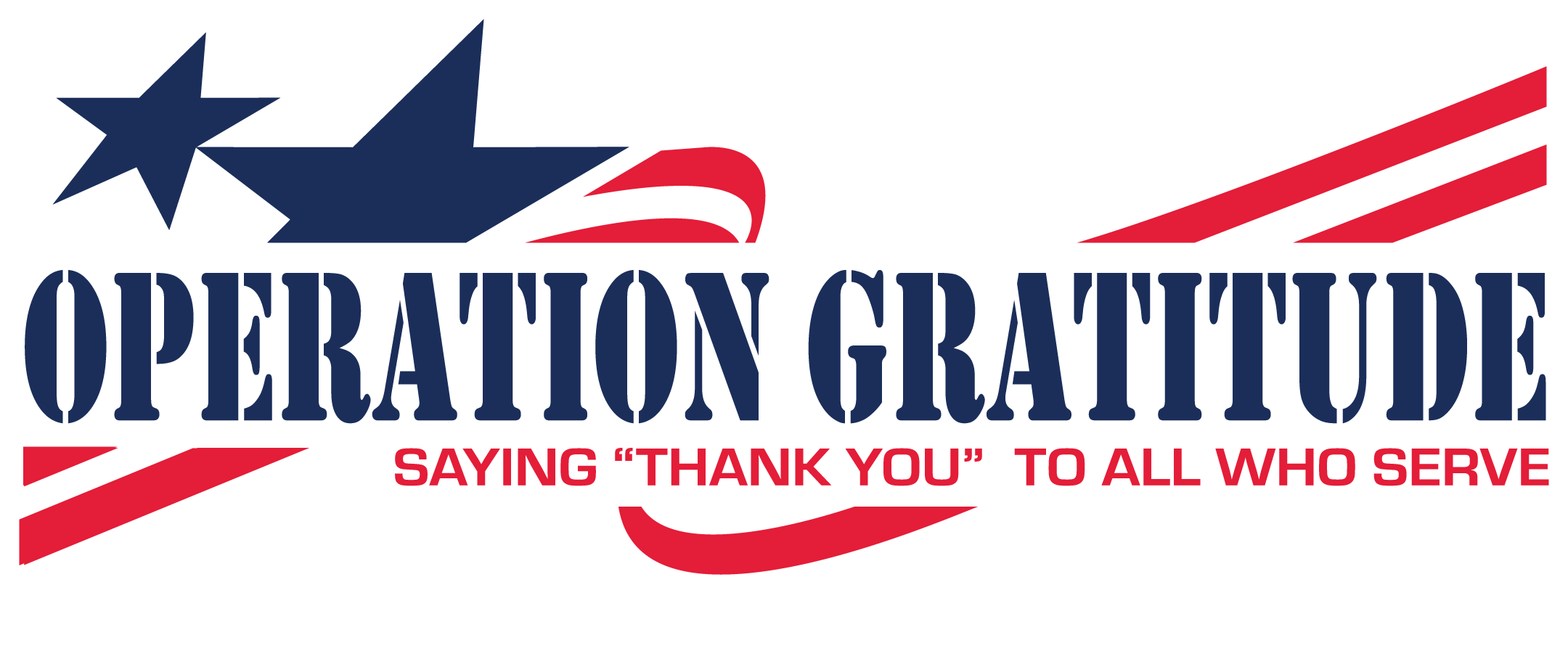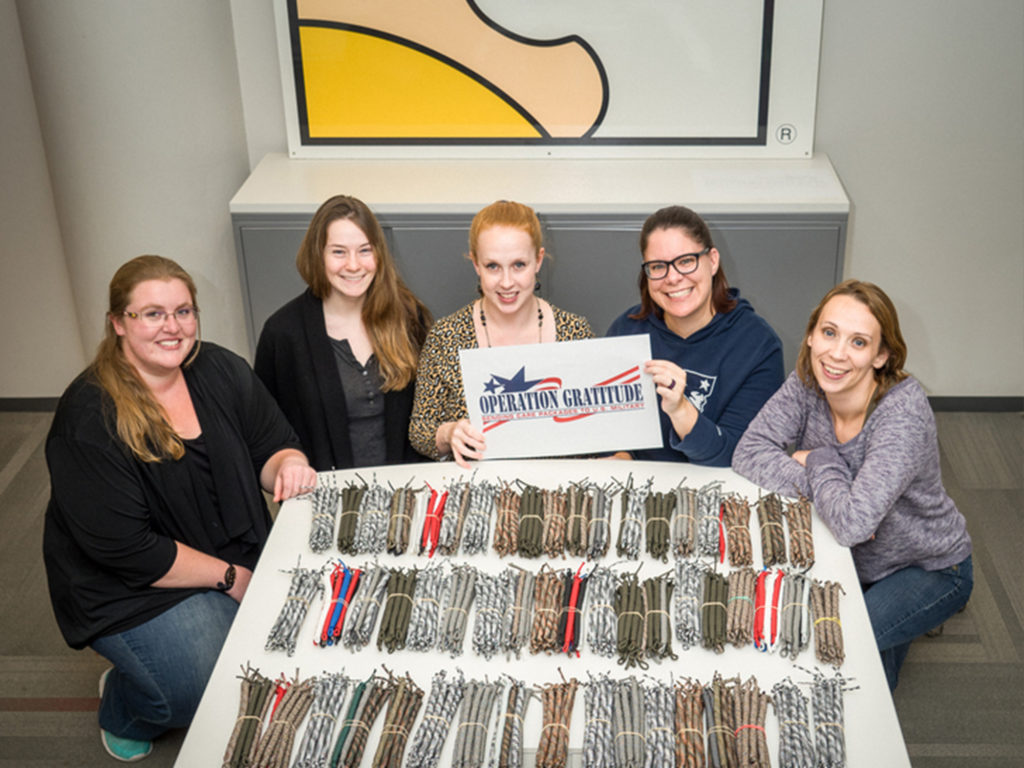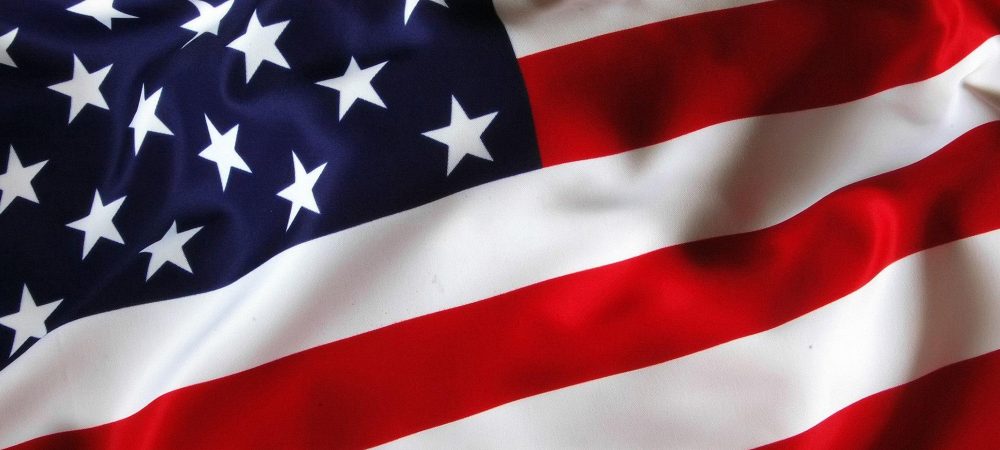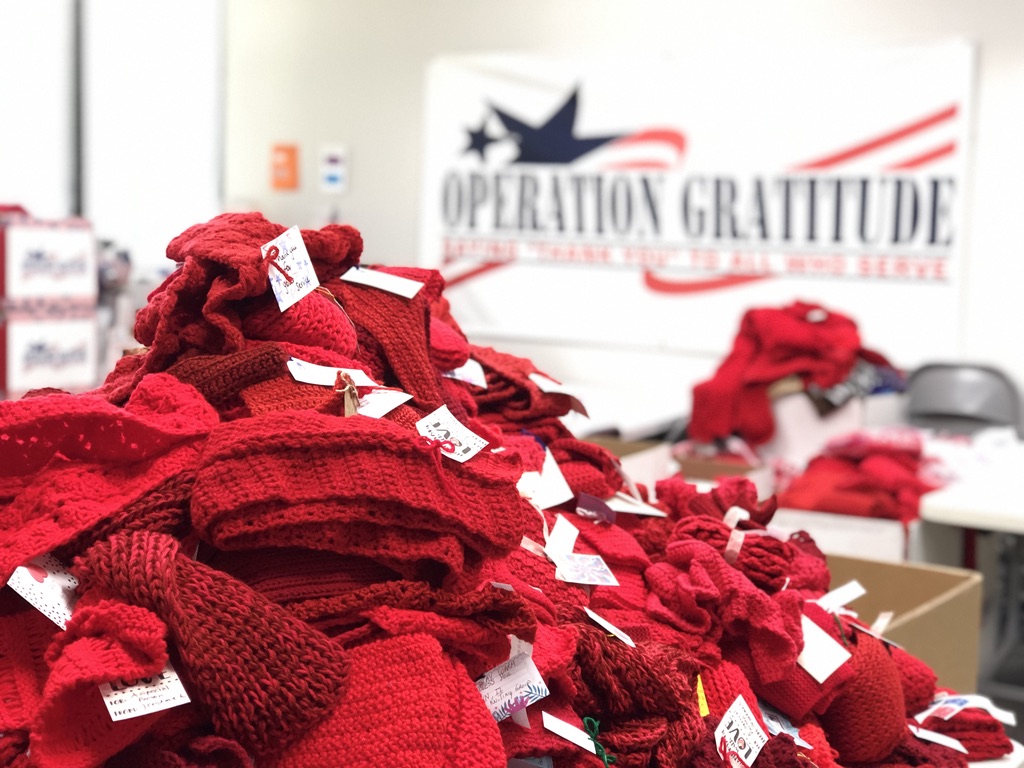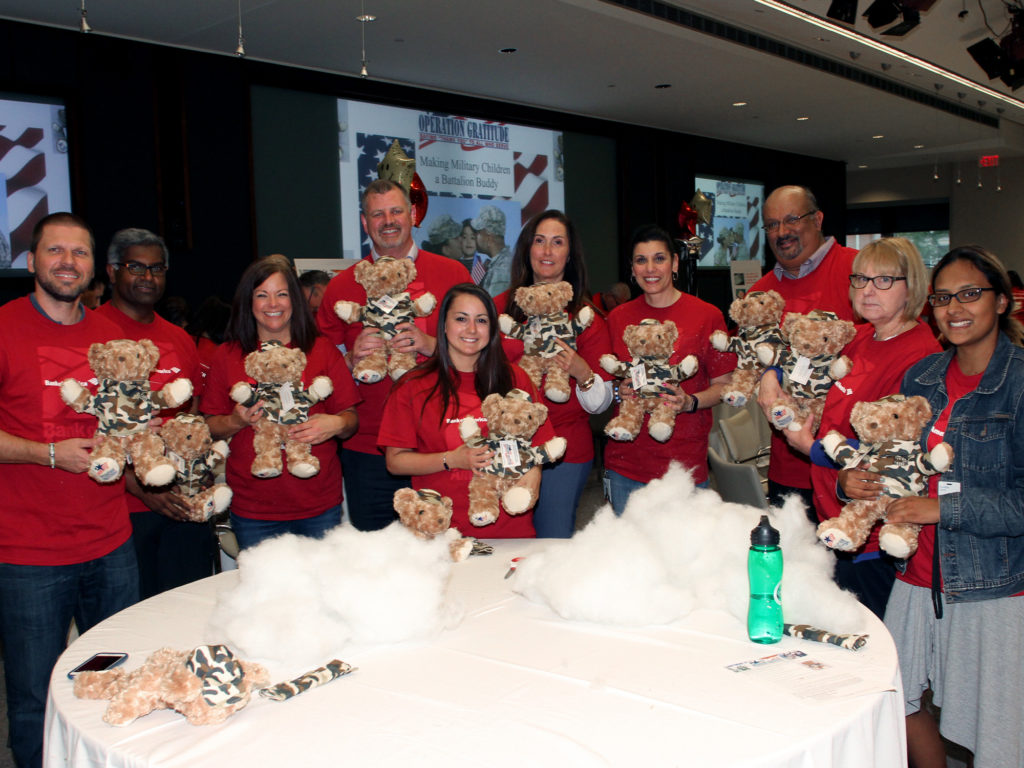In the face of conflict and adversity at home and abroad, brave Americans volunteer to serve not only in our Armed Forces but also as First Responders in communities across the country. Between the two, more than four million men and women have taken an oath to uphold and defend the Constitution and pledged to protect the freedoms and securities we enjoy as Americans.
We recognize their service on numerous holidays throughout the year, when communities are united through events and parades, expressing a clear message of gratitude through five simple words, “thank you for your service.”
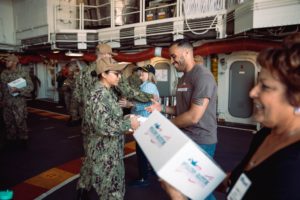
Since 9/11, observers have acknowledged a widening gap of “understanding” and a lessening of engagement between the 2.1 million Americans who serve in our all-volunteer military force and the rest of the population, even though 75% of military families live within civilian communities. Unfortunately, a similar “civilian-service divide” is developing between the general public and the 2.3 million police and firefighters who also serve in harm’s way. In the most recent Bureau of Justice Statistics survey issued last fall, the number of Americans age 16 or older who had contact with the police declined from 26% to 21% in four years, a drop of more than 9 million people. This lack of understanding and positive engagement could also be contributing factors to record low levels of recruitment for both the military and law enforcement.
While our nation’s longest war continues, and tragic shootings and a spate of natural disasters devastate communities across the country, there is a growing need to build understanding and meaningful connections between those who serve and the citizens they protect.
One solution to build understanding and increase engagement is the creation of hands-on volunteer opportunities during which grateful civilians can meet our military and first responders and learn what they do and what they experience.
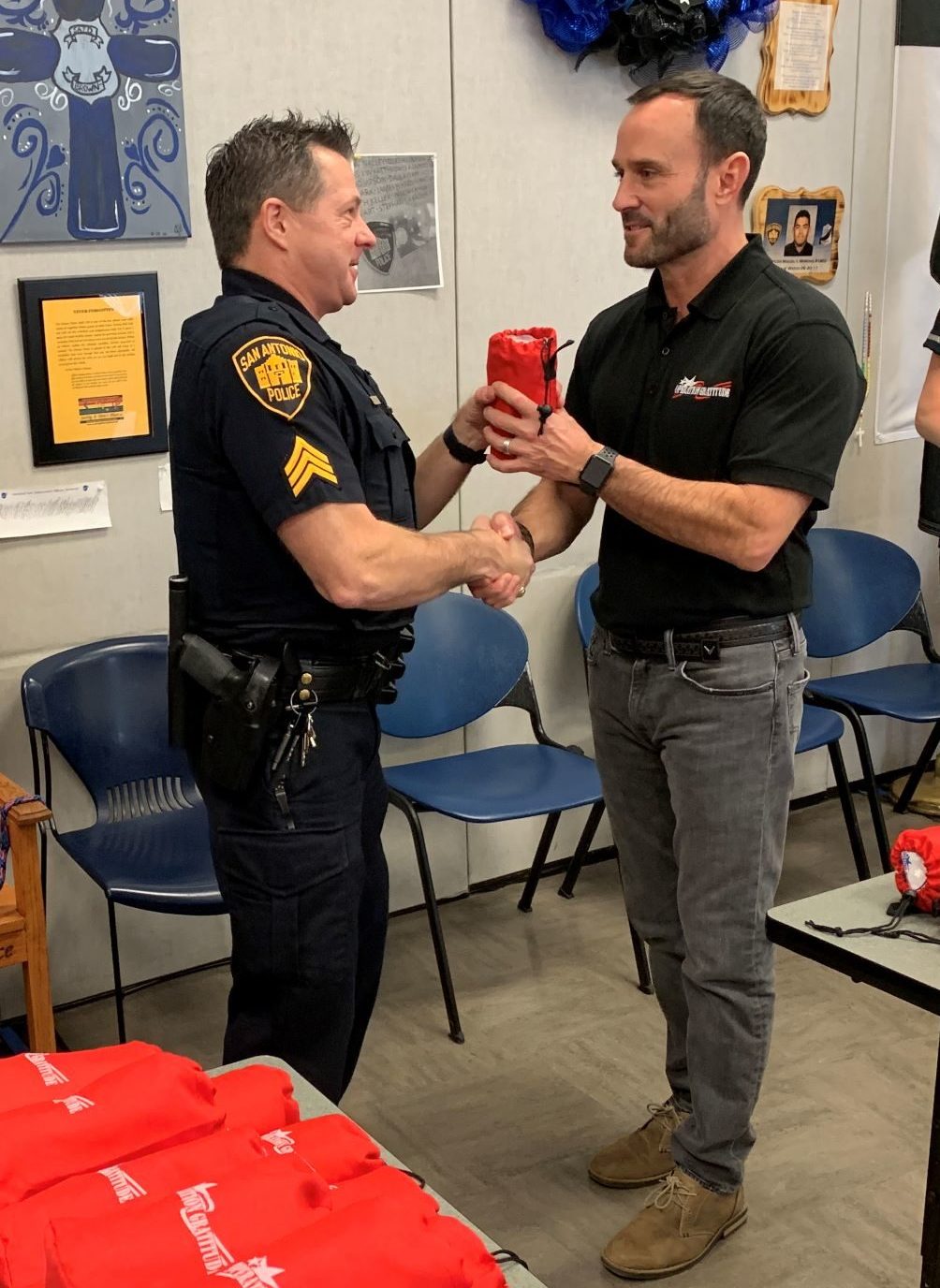
The value of face-to-face engagement is not new. In Social Intelligence: The Science of Human Relationships, Dr. David Goleman notes face-to-face interactions such as acts of volunteerism and goodwill can also contribute significantly to physical health and happiness. To bridge the civilian-service divide, such meaningful engagements between those who serve and those served should happen in every community in the country, whether in neighborhood gatherings, churches, community centers or schools.
One shining example of how this divide can be bridged took place in New Hanover County, North Carolina last year when Operation Gratitude connected the Sheriff’s Office with local volunteers from a church in Wilmington NC, where tensions between law enforcement officials and the African American community were high. The deputies and parishioners came together with their families to organize the Sheriff’s ‘Deputy of the Year’ ceremony, assemble and deliver care packages, share a meal, and meet one another, many for the first time.
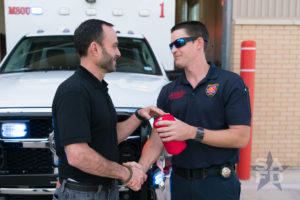
Both the Pastor and County Sheriff agreed that the event had a profound impact because it “redefined perceptions” and “built relationships;” and that doing it together as a community was an “amazing thing.”
Similar opportunities to build relationships occurred in our nation’s capital in January, in Los Angeles on February 23, and this past week on the USS Midway in San Diego. And they will take place in the coming months on much larger scales in metropolitan cities like Philadelphia, New York, and Chicago, as well as on June 1, 2019 in Baltimore, where efforts to bridge the civilian-service divide are critically needed. The production and subsequent delivery of more than 200,000 Care Packages from the hands of grateful Americans to new Recruit Graduates, National Guardsmen, Police, Firefighters and EMTs across the country will undoubtedly help close the gap that separates those who serve and those who are served.
During the month of May when our country not only celebrates Military Appreciation Month but also recognizes National Police Week and International Firefighters Day, Americans everywhere have an opportunity to go beyond saying “thank you for your service” and to give back in a tangible, meaningful and memorable way. Hands-on volunteerism is the most effective avenue to engage with our Military and First Responders and to forge strong bonds and sustainable relationships that strengthen communities.
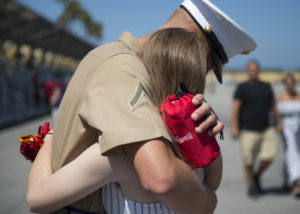
This Article Was Written By:
Kevin M. Schmiegel is a retired Marine Corps Lieutenant Colonel who now serves as the Chief Executive Officer of Operation Gratitude, a national 501c3 nonprofit.
The Honorable Patrick A. Burke is the Former United States Marshal and Assistant Chief of Police for the District of Columbia, and now serves as the Executive Director of the Washington D.C. Police Foundation
